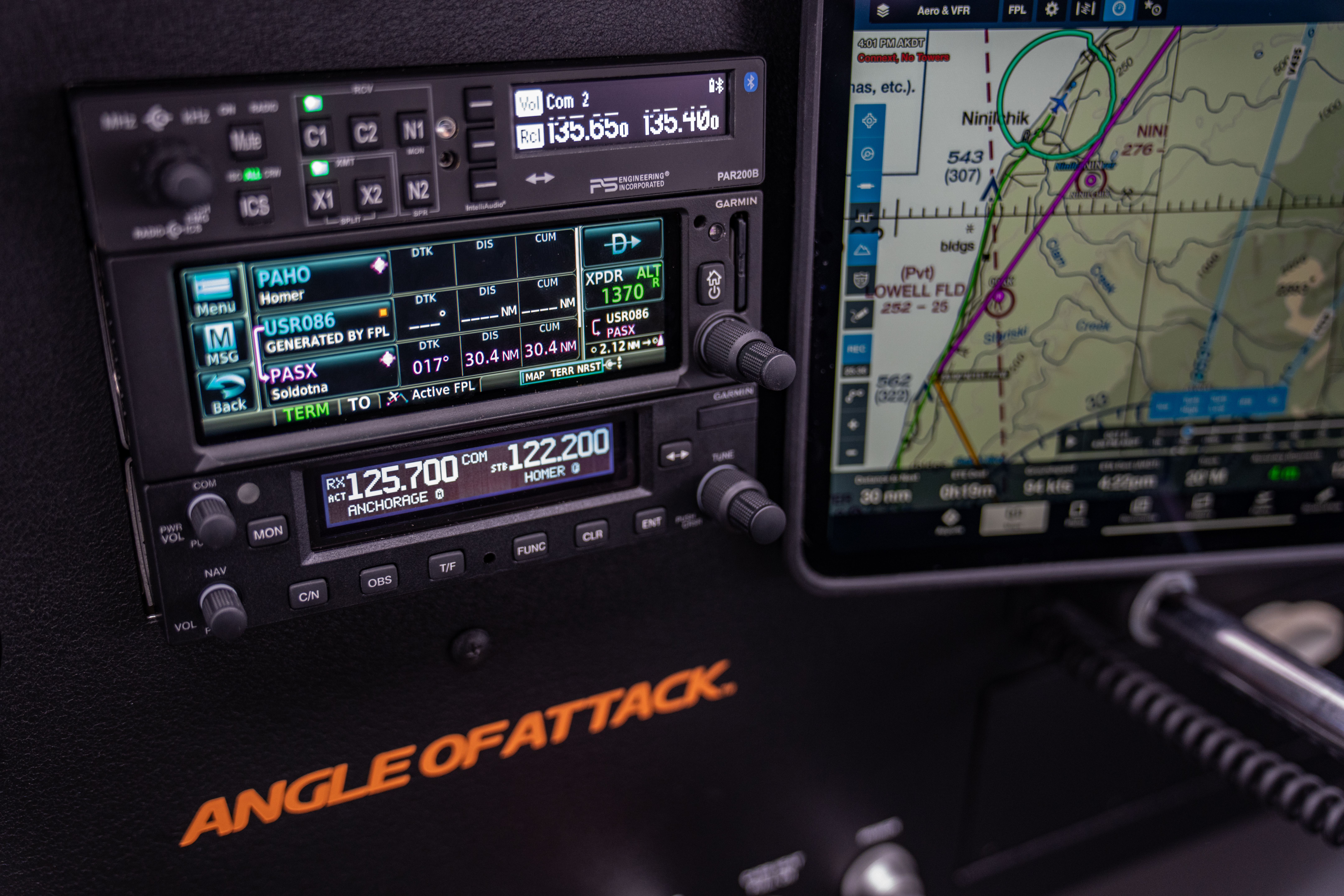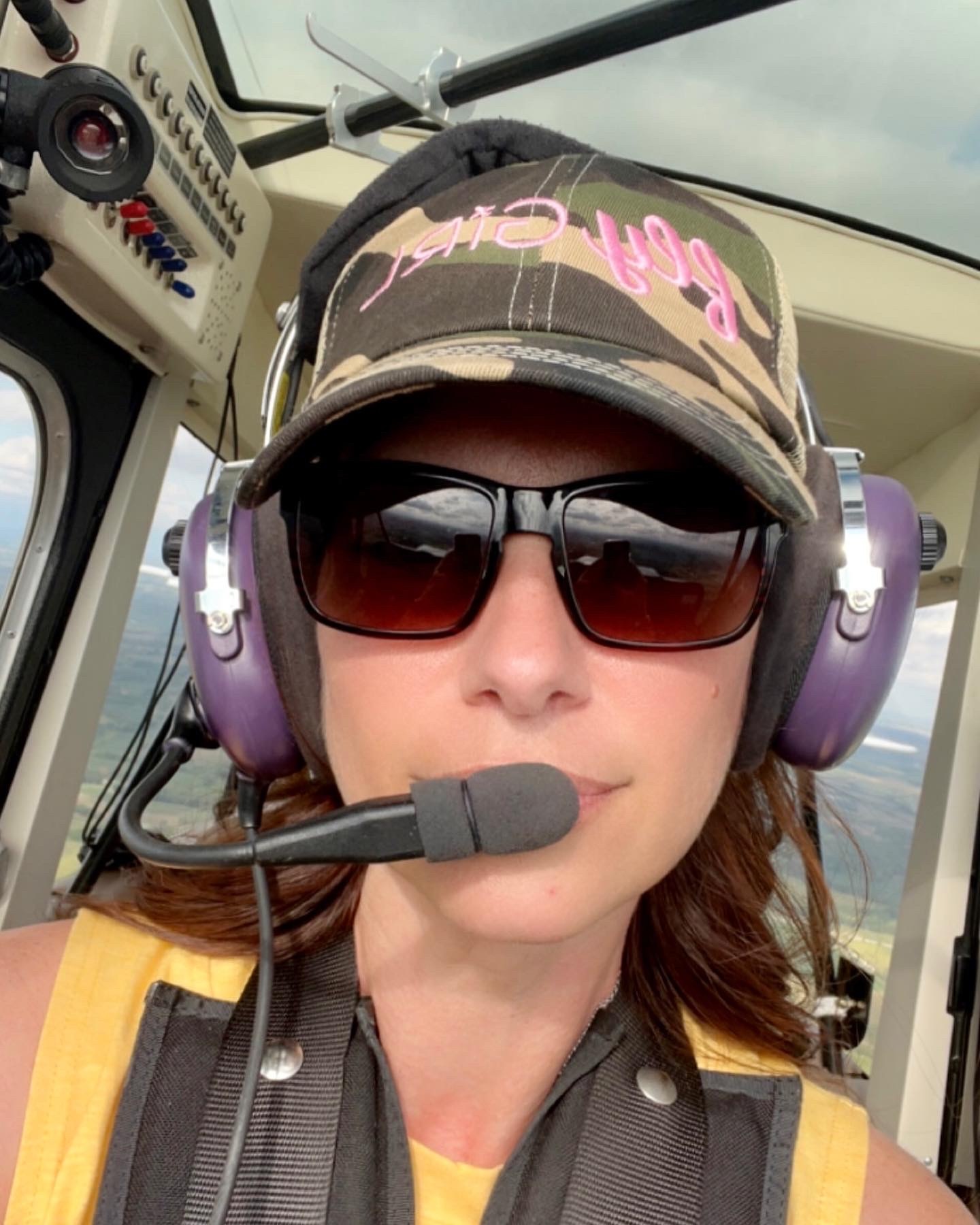
Air Traffic Control (ATC) light gun signals play a crucial role in ensuring safety and effective communication between ATC towers and pilots. In the world of aviation, communication is paramount to maintaining smooth and orderly operations. Although radio communication is the primary means of interaction, there are situations where it may not be possible or becomes lost. In such scenarios, ATC light gun signals come to the rescue. They serve as a vital communication tool for pilots and air traffic controllers. This comprehensive guide will delve into the importance of these light signals, their meanings, and how they contribute to aviation safety.
Understanding ATC Light Gun Signals
ATC light gun signals are visual signals used by air traffic controllers to communicate with pilots when radio communication is not possible or has been lost. The light gun is a handheld device that emits high-intensity light beams with colored lenses, which produce specific signals that pilots must understand and follow. These signals are standardized and have distinct meanings for aircraft both on the ground and in flight.
Steady Green:
On the ground: Cleared for takeoff.
In flight: Cleared to land.
Steady Red:
On the ground: Stop.
In flight: Give way to other aircraft and continue circling.
Flashing Green:
On the ground: Cleared to taxi.
In flight: Return for landing (to be followed by a steady green light at the proper time).
Flashing Red:
On the ground: Taxi clear of the runway in use.
In flight: Airport unsafe, do not land.
Flashing White:
On the ground: Return to your starting point on the airport.
In flight: Not used.
Alternating Red and Green:
On the ground: Exercise extreme caution.
In flight: Exercise extreme caution.
Training and Familiarization with ATC Light Gun Signals
Light gun signals are an essential aspect of aviation safety. They serve as a backup communication method, ensuring that pilots and air traffic controllers can maintain effective communication even in the absence of radio contact. This may be particularly crucial in emergency situations. An example is a pilot experiencing a radio failure or a sudden, unforeseen event that renders radio communication inoperable. If a plane is squawking 7600, a light gun signal could be very beneficial.

In addition to their role as a backup communication method, ATC light gun signals are also critical in reducing the risk of runway incursions. A runway incursion occurs when an aircraft, vehicle, or person enters the protected area of a runway without authorization. This can create a dangerous situation, as it increases the likelihood of collisions between aircraft. It could also create a collision between an aircraft and an obstacle on the runway. By using light gun signals, air traffic controllers can effectively communicate with pilots, ensuring they follow proper procedures and avoid entering restricted areas.
Typically, pilot training programs include comprehensive lessons on ATC light gun signals. Pilots are required to demonstrate proficiency in recognizing and responding to these signals during both ground and flight training. Similarly, air traffic controllers must also be well-versed in the use and interpretation of light gun signals as part of their training and certification process. Check out our online ground school program and always reach out to Angle of Attack for any questions you have on light gun signals!

Karey grew up and obtained her in private pilot’s license in Central Iowa. She fell in love with tailwheel aircraft during her primary training and obtained a tailwheel endorsement the week following her private pilot checkride. She is eager to obtain her seaplane rating and is merging her passion for flying with her prior work career. Karey has a background in marketing, editing, and web design after graduating from Simpson College. When she is not flying or working, Karey enjoys anything related to technology and admits she can be a bit of a nerd. She also has discovered a love for virtually all outdoor pursuits, with a special fondness for climbing, shooting, and hiking.

Stay Connected
Be the very first to get notified when we publish new flying videos, free lessons, and special offers on our courses.





